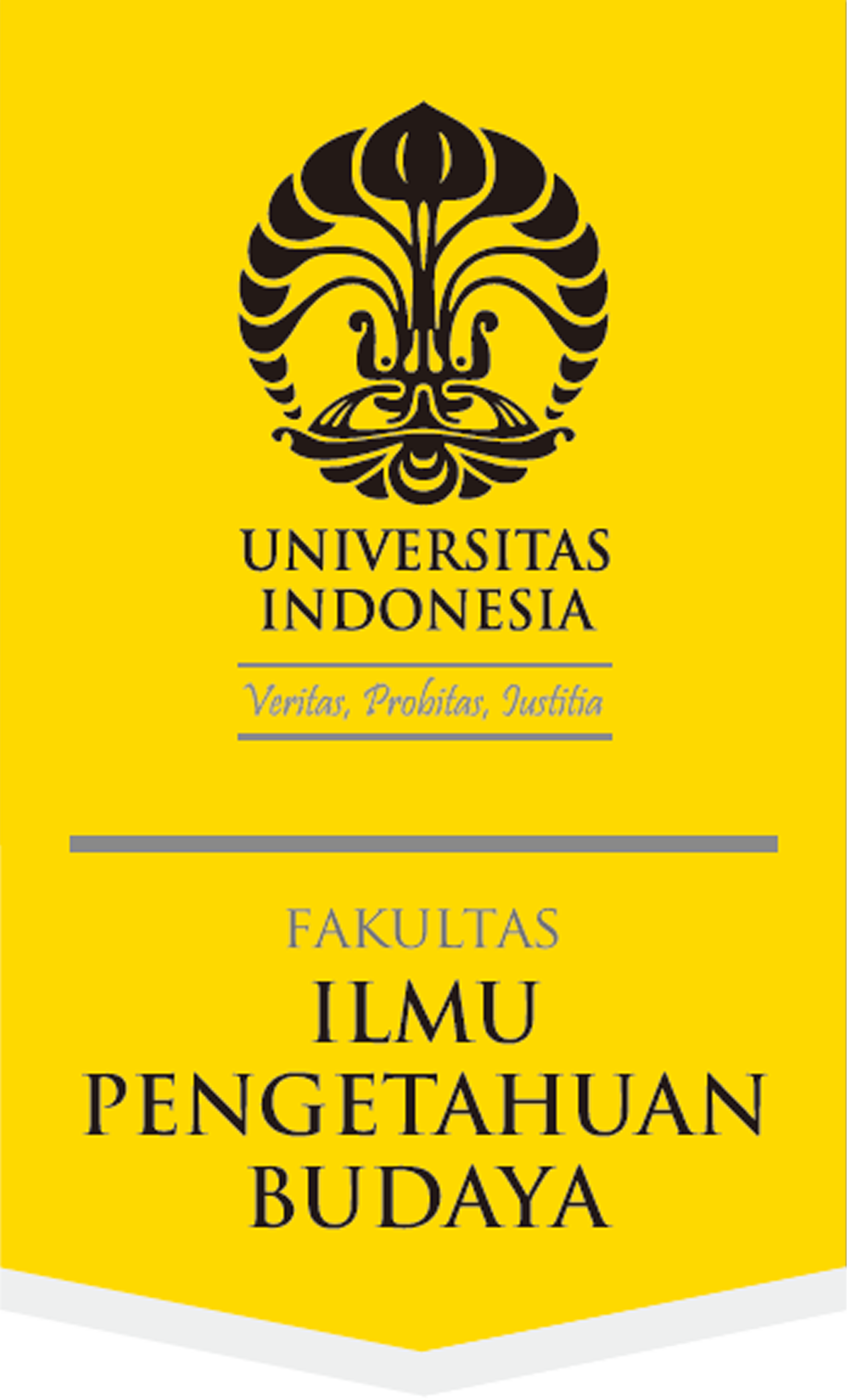Abstract
In the daily life of the Indonesian people, a penghulu plays a role in accordance with the way the word is understood by the community in which he lives. In West Sumatra, a penghulu is the head of the nagari. In Riau, he has a status equal to that of a head of a village. In Java, he has an authority in all administrative matters of religion. This paper discusses the meaning of penghulu as depicted in old manuscripts written by the natives. Based on a research on these native manuscripts, it can be concluded that a penghulu plays the roles of both a bureaucrat and a Muslim leader.
References
Amangkunegoro III (1986), Serat Centhini (Suluk Tambang Raras), Jilid II, Kalatinaken Dening Kamajaya. Yogyakarta: Penerbit Yayasan Centhini.
De Clercq, F.S.A. (1877), "Eene Episode Uit De Geschiedenis van Madjapahit" in Tijdschrift voor lndische Taal, Land, En Volkenkunde, Deel XXIV. Batavia: s'Hage, W. Bruining, M. Nijhoff.
Djamil, Abdul (1998), "Ahmad Rifa'l Kalisalak: Studi tentang Pemikiran dan Gerakan Islam Abad 19”, disertasi pada IAIN Sunan Kalijaga, Yogyakarta.
INIS (2001), Caught Between Three Fires, The Javanese Pangulu under the Dutch Colonial Administration 1882-1942. Jakarta-Leiden: INIS.
Proyek Penerbitan Buku Sastera Indonesia dan Daerah (1981a), Serat Cebolek, transliterasi oleh Subagiyo Z. Hadisutjipto dan terjemahan oleh T.W.K. Hadisuprapto. Jakarta: Departemen Pendidikan dan Kebudayaan.
Proyek Penerbitan Buku Sastera Indonesia dan Daerah (1981b), Serat Jatiswara, transliterasi oleh Moeljono Sastronarjatno. Jakarta: Departemen Pendidikan dan Kerudayaan.
Soebardi, S. (1975), The Book of Cabolek. The Hague: Martinus Nijhoff.
Recommended Citation
Hisyam, Muhamad
(2005)
"Potret Penghulu dalam naskah; Sebuah pengalaman penelitian,"
Wacana, Journal of the Humanities of Indonesia: Vol. 7:
No.
2, Article 3.
DOI: 10.17510/wjhi.v7i2.298
Available at:
https://scholarhub.ui.ac.id/wacana/vol7/iss2/3









